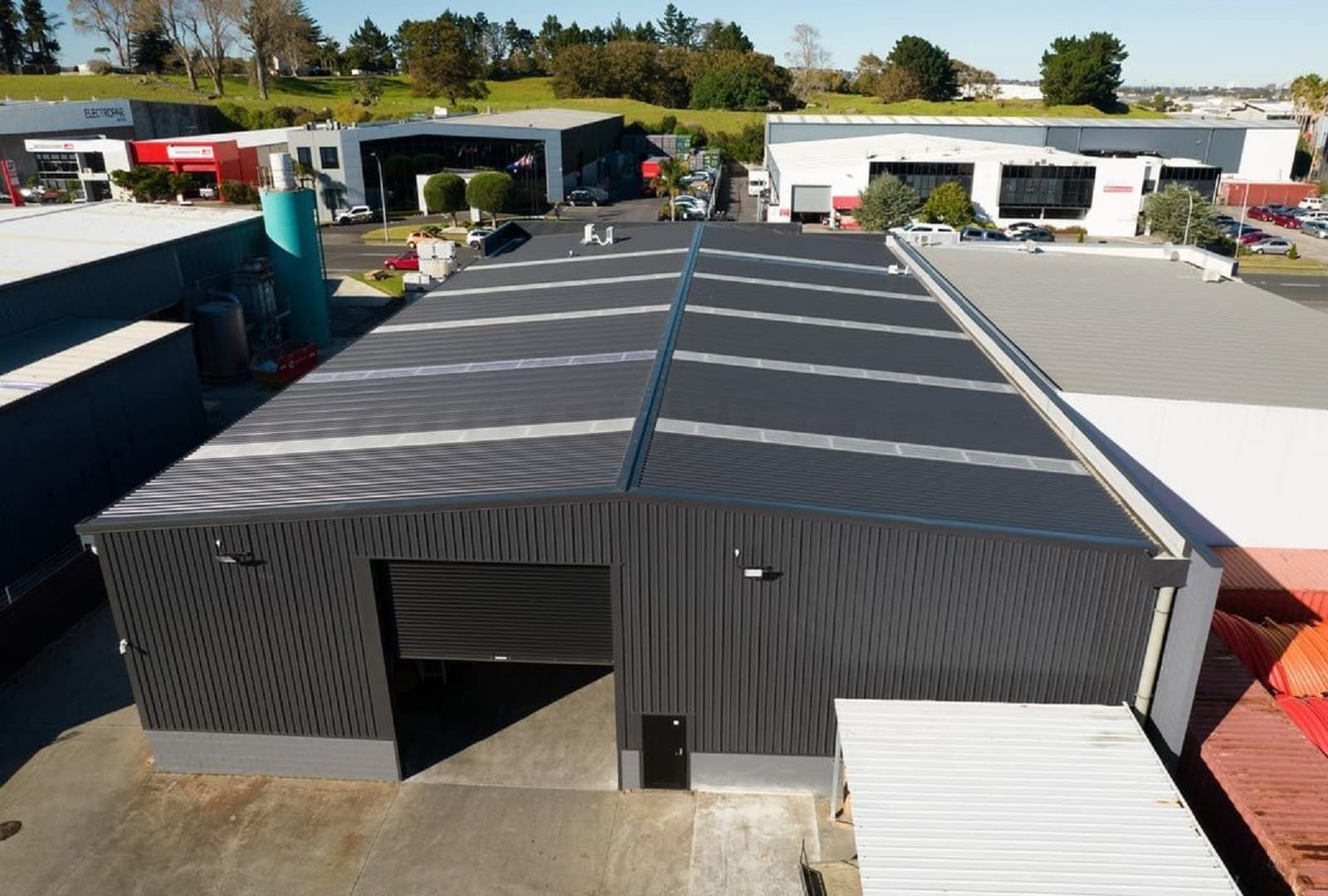

Articles
What Is A Membrane Roof
Modified: October 18, 2024
Learn all about membrane roofs and their benefits with these informative articles. Discover how membrane roofs can protect your building and increase energy efficiency
(Many of the links in this article redirect to a specific reviewed product. Your purchase of these products through affiliate links helps to generate commission for Storables.com, at no extra cost. Learn more)
Introduction
Welcome to the comprehensive guide on membrane roofing. In this article, we will delve into the world of membrane roofs, exploring their definition, types, advantages, disadvantages, common uses, installation process, maintenance and repairs, and lifespan. Whether you are a homeowner researching roofing options or a contractor looking to expand your knowledge, this article aims to provide you with a thorough understanding of membrane roofing.
Roofing is an essential aspect of any building, whether residential or commercial. It protects the structure from external elements, such as rain, snow, UV rays, and extreme temperatures. While there are various roofing materials available, membrane roofing has gained significant popularity in recent years due to its durability, flexibility, and longevity.
A membrane roof refers to a type of roofing system that utilizes a flexible and waterproof membrane to provide protection from the elements. This membrane, typically made from synthetic materials like PVC or TPO, is installed over the structural roof deck, creating a seamless and watertight barrier.
Nowadays, membrane roofing has become the preferred choice for many construction projects, thanks to its numerous advantages. Compared to traditional roofing materials like asphalt or metal, membrane roofs offer superior waterproofing, energy efficiency, and ease of installation. Additionally, they are highly resistant to damage, making them ideal for areas prone to extreme weather conditions or high foot traffic.
However, it is important to note that membrane roofing also has its share of disadvantages. It requires professional installation, which can be expensive, and DIY installation is generally not recommended. Additionally, membrane roofs may be susceptible to punctures and require regular maintenance to prevent issues like leakage.
Despite these drawbacks, membrane roofing finds extensive use in various applications. It is commonly used in commercial buildings, industrial facilities, educational institutions, hospitals, and even residential properties. Its versatility allows it to be used on flat or low-slope roofs, providing effective and reliable protection.
In the next sections of this article, we will delve deeper into the different types of membrane roofing, the installation and maintenance processes, and the expected lifespan of these roofs. Whether you are considering a membrane roof for your project or simply want to expand your knowledge base, this article will equip you with the necessary information to make informed decisions.
Key Takeaways:
- Membrane roofing offers durable, flexible, and reliable protection for flat or low-slope roofs, with materials like PVC, TPO, and EPDM providing excellent waterproofing and resistance to the elements. Proper installation and maintenance can extend its lifespan to 20-30 years or more.
- While membrane roofing requires an initial investment and professional installation, its durability, waterproofing capabilities, energy efficiency, and long lifespan make it a cost-effective choice in the long run. Property owners can enjoy the peace of mind that comes with knowing their building is protected by a reliable and durable roofing system.
Read more: What Is A Roof
Definition of a Membrane Roof
A membrane roof refers to a type of roofing system that utilizes a flexible and waterproof membrane as the primary material for protection against the elements. It is a popular choice for flat or low-slope roofs and offers numerous benefits compared to traditional roofing materials.
The membrane used in these roofs is typically made from synthetic materials such as Polyvinyl Chloride (PVC), Thermoplastic Olefin (TPO), or Ethylene Propylene Diene Monomer (EPDM). These materials are specially designed to be durable, flexible, and resistant to UV rays, chemicals, and punctures.
Membrane roofs are installed in multiple layers to create a seamless and watertight barrier. The first layer is typically a insulation material, which provides thermal insulation and helps improve energy efficiency. The membrane itself is then installed over the insulation, with each section overlapping to prevent water penetration.
One of the defining features of a membrane roof is its flexibility. The membrane can expand and contract with temperature changes, ensuring it remains intact and prevents leaks. This flexibility also allows for easy installation around rooftop features such as vents, HVAC units, and skylights.
Another important characteristic of membrane roofs is their ability to withstand a variety of weather conditions. They are designed to resist damage from wind, rain, hail, and UV rays, making them a durable and long-lasting roofing option.
Membrane roofs also offer excellent waterproofing capabilities. The seams between each membrane section are heat-welded or chemically bonded to create a continuous, watertight surface. This prevents water from seeping through and causing damage to the building’s structure or interior.
Furthermore, membrane roofs provide energy efficiency benefits. The reflective properties of certain membrane materials, like TPO, can help reduce the transfer of heat into the building, thus lowering cooling costs during hot summer months.
Overall, a membrane roof is a highly effective and reliable solution for protecting buildings with flat or low-slope roofs. Its waterproofing capabilities, flexibility, durability, and energy efficiency make it a popular choice for a wide range of applications, from residential houses to commercial buildings.
Types of Membrane Roofing
There are several types of membrane roofing materials available, each with its own set of characteristics and benefits. The choice of membrane roofing depends on factors such as budget, climate, building design, and specific project requirements. Let’s explore some of the most common types of membrane roofing:
- PVC (Polyvinyl Chloride) Membrane: PVC membranes are widely used in membrane roofing due to their durability and weather resistance. They are reinforced with polyester or fiberglass to enhance strength and stability. PVC membranes are known for their ability to withstand UV rays, extreme temperatures, and chemicals. They have a long lifespan and are relatively easy to install and maintain.
- TPO (Thermoplastic Olefin) Membrane: TPO membranes are a popular choice for membrane roofing because of their excellent energy efficiency and affordability. They are composed of a blend of rubber, ethylene, and propylene, making them highly resistant to UV rays and ozone. TPO membranes have a reflective surface, which helps reduce heat absorption, making them energy-efficient and cost-effective.
- EPDM (Ethylene Propylene Diene Monomer) Membrane: EPDM membranes are synthetic rubber membranes that are highly durable and resistant to weathering, UV rays, and extreme temperatures. They are known for their exceptional flexibility and ease of installation. EPDM membranes are commonly available in large sheets, allowing for quick and seamless installation. They have a long lifespan and require minimal maintenance.
- Modified Bitumen: Modified bitumen membranes are a popular choice for low-slope or flat roofs. They are made from asphalt modified with rubber or plastic polymers for added durability and flexibility. Modified bitumen membranes are commonly available in sheets or rolls and can be installed using various methods, including torch welding, cold adhesive, or self-adhesive. They provide excellent waterproofing properties and are resistant to UV rays and extreme weather conditions.
- Hybrid Membranes: Hybrid membranes combine the characteristics of different membrane materials to provide enhanced performance and durability. They may consist of a combination of PVC and TPO or EPDM and TPO. Hybrid membranes are designed to offer a balance between strength, flexibility, and weather resistance.
When selecting a membrane roofing material, it is essential to consider factors such as climate, building design, maintenance requirements, and expected lifespan. Consulting with a professional contractor or roofer can help determine the most suitable type of membrane roofing for your specific needs.
It is worth noting that membrane roofs can also be categorized based on their installation methods, such as fully adhered, mechanically fastened, or ballasted. Each method offers its own set of advantages and considerations in terms of cost, wind uplift resistance, and ease of installation.
In summary, the types of membrane roofing mentioned above provide a range of options to meet various project requirements. Whether prioritizing durability, energy efficiency, flexibility, or budget, there is a membrane roofing material available to suit your needs.
Advantages of Membrane Roofing
Membrane roofing offers numerous advantages that make it a compelling choice for many residential and commercial buildings. Let’s explore some of the key advantages of membrane roofing:
- Durability: Membrane roofs are highly durable, with the ability to withstand extreme weather conditions, including heavy rain, hail, wind, and UV rays. The synthetic materials used in membrane roofing, such as PVC, TPO, and EPDM, are specifically designed to resist damage and deterioration, ensuring long-lasting performance.
- Waterproofing: Membrane roofs provide excellent waterproofing capabilities, preventing water from penetrating the building’s structure. The seams between each membrane section are heat-welded or chemically bonded, creating a seamless and watertight barrier. This ensures protection against leaks and water damage.
- Flexibility: Membrane roofing materials are highly flexible, allowing them to expand and contract with temperature changes. This flexibility helps the roof maintain its integrity and prevents cracks or tears that could lead to leaks. Additionally, the flexibility of membrane roofing allows for easy installation around rooftop features and ensures a tight fit.
- Energy Efficiency: Certain types of membrane roofing, such as TPO, have reflective properties that help reduce heat absorption. This results in improved energy efficiency and lower cooling costs, especially in hot climates. The reflective surface of the membrane helps to reflect sunlight away from the building, reducing heat transfer.
- Easy Installation: Membrane roofing is relatively easy to install compared to other roofing systems. The membranes are available in large sheets or rolls, allowing for quick and seamless installation. Professional roofing contractors with experience in membrane roofing can efficiently install the system, ensuring proper sealing and waterproofing.
- Low Maintenance: Membrane roofing requires minimal maintenance over its lifespan. Routine inspections and simple cleaning are typically all that is needed to keep the roof in optimal condition. Periodic inspections help identify any potential issues, such as punctures or seam damage, and allow for timely repairs.
- Long Lifespan: Membrane roofs have a long lifespan, typically ranging from 20 to 30 years, depending on the materials used and regular maintenance. When properly installed and maintained, membrane roofing can provide reliable protection for many years, reducing the need for frequent replacements or repairs.
- Resistance to Chemicals and UV Rays: Membrane roofing materials are highly resistant to chemicals, making them suitable for industrial and commercial buildings where chemical exposure is common. Additionally, they are designed to withstand UV rays, ensuring that the roof remains intact and unaffected by prolonged sun exposure.
Overall, membrane roofing offers a range of significant advantages, including durability, waterproofing, energy efficiency, ease of installation, low maintenance, and long lifespan. These benefits make membrane roofing an attractive choice for residential, commercial, and industrial buildings, providing reliable protection and peace of mind for property owners.
Disadvantages of Membrane Roofing
While membrane roofing offers a range of advantages, it is essential to consider potential disadvantages when deciding if it is the right choice for your roofing needs. Here are some of the key disadvantages of membrane roofing:
- Professional Installation: Membrane roofing requires professional installation, as it requires specialized knowledge and proper techniques to ensure correct installation and waterproofing. Improper installation can lead to leaks and other issues, compromising the effectiveness of the roofing system.
- Cost: Membrane roofing can be more expensive than traditional roofing materials such as asphalt shingles. The cost of the materials, combined with the need for professional installation, can make membrane roofing a significant investment. However, it is important to consider the long-term benefits and durability when evaluating the cost-effectiveness.
- Prone to Punctures: While membrane roofing materials are designed to be puncture-resistant, they are not completely immune to damage. Sharp objects, such as tree branches or debris during extreme weather events, can cause punctures in the membrane. Regular inspections and proactive maintenance are necessary to identify and repair any punctures before they lead to leaks.
- Maintenance Requirements: While membrane roofing requires less maintenance than some other roofing materials, regular inspections and maintenance are still necessary to ensure the longevity of the roof. This includes checking for any signs of damage or wear, clearing debris, and addressing any necessary repairs promptly.
- Not Suitable for High Foot Traffic: Membrane roofing may not be the ideal choice for roofs with high foot traffic, as constant walking or heavy object placement can cause damage to the roof’s membrane. In such cases, additional protective measures, such as walkway pads or guardrails, may be needed to prevent damage.
- Limited Color Options: Membrane roofing materials typically have a limited range of colors compared to other roofing options. While various shades and tints are available, the color options may be more limited compared to traditional roofing materials like asphalt shingles or metal roofs.
- Possibility of Seam Failure: The seams between membrane sections can be vulnerable to failure if not properly installed or maintained. If the seams are not adequately sealed, they can be susceptible to water penetration and leaks. Regular inspections and proper maintenance can help identify and address any seam issues before they escalate.
It is important to weigh the disadvantages against the advantages when considering membrane roofing for your project. Consulting with a professional roofing contractor can help you make an informed decision based on your specific needs, budget, and long-term goals.
While membrane roofing may have some disadvantages, it remains a popular choice for many due to its durability, waterproofing capabilities, energy efficiency, and long lifespan. By addressing the potential disadvantages and properly maintaining the roof, you can ensure optimal performance and protection for your building.
When installing a membrane roof, make sure to properly prepare the substrate and use compatible materials to ensure a watertight and durable seal. Regular maintenance and inspections are also important to prolong the lifespan of the membrane roof.
Read more: What Is A Parapet Roof
Common Uses of Membrane Roofing
Membrane roofing is widely used in various residential, commercial, and industrial applications due to its versatility and reliable performance. Let’s explore some of the common uses of membrane roofing:
- Commercial Buildings: Membrane roofing is commonly used in commercial buildings, including offices, retail stores, restaurants, and warehouses. Its durability, waterproofing capabilities, and energy efficiency make it a popular choice for these structures. The flexibility of membrane roofing allows for easy installation around rooftop features like HVAC units and vents, ensuring a seamless and watertight sealing.
- Industrial Facilities: Industrial facilities, such as manufacturing plants, distribution centers, and factories, often require robust roofing systems that can withstand harsh conditions. Membrane roofing proves to be an ideal choice due to its resistance to chemicals, UV rays, and extreme temperatures. It provides reliable protection for these high-demand environments.
- Educational Institutions: Schools, colleges, and universities often opt for membrane roofing due to its longevity and low maintenance. The ability of membrane roofs to resist damage from high foot traffic and withstand the elements makes them well-suited for educational buildings. Additionally, their energy efficiency contributes to long-term cost savings for educational institutions.
- Hospitals and Healthcare Facilities: The sensitive nature of healthcare facilities necessitates roofs that provide superior protection against leaks and water damage. Membrane roofing offers excellent waterproofing capabilities, ensuring a reliable barrier against moisture infiltration. Its durability and resistance to chemicals further make it a suitable choice for hospitals and healthcare facilities.
- Residential Properties: While membrane roofing is commonly associated with commercial and industrial buildings, it is also used in residential properties. Homes with flat or low-slope roofs can benefit from the waterproofing and durability of membrane roofing. It can provide long-lasting protection against moisture and weather-related issues.
- Green Roofs: Membrane roofing is often used in green roof systems, where vegetation is planted on the roof surface to improve energy efficiency and promote environmental sustainability. The waterproofing capabilities of membrane roofing help prevent leaks and water damage to the building’s structure, while the flexibility allows for easy installation around planters and drainage systems.
- Parking Structures: Membrane roofing is frequently employed in parking garages and structures. The waterproofing properties and resistance to UV rays make it an effective solution for underground or elevated parking areas. Membrane roofs can provide long-lasting protection for these structures, extending the lifespan of the parking facility.
These are just a few examples of the common uses of membrane roofing. The versatility, durability, and waterproofing capabilities of membrane roofing make it a suitable choice for a wide range of applications. Whether for commercial, industrial, educational, residential, or specialized structures, membrane roofing provides reliable protection and peace of mind for property owners and occupants.
Installation Process of Membrane Roofing
Installing membrane roofing requires proper techniques and expertise to ensure a seamless and watertight roofing system. The installation process typically involves the following steps:
- Roof Inspection: Before installing a membrane roof, the existing roof must be thoroughly inspected. Any damaged or deteriorated areas need to be identified and repaired. This ensures a solid and stable base for the membrane roof installation.
- Surface Preparation: The roof surface is prepared by cleaning it of any debris, dirt, or loose materials. This step ensures proper adhesion of the membrane and prevents any potential issues in the future. The surface may also need to be primed to enhance adhesion, especially in cases where the existing surface is not suitable for direct membrane application.
- Insulation Installation: If necessary, insulation is installed on the roof surface. The insulation provides thermal resistance and helps improve energy efficiency. The type and thickness of insulation will depend on the specific project requirements and building codes.
- Membrane Placement: The membrane roofing material, which is typically available in large sheets or rolls, is positioned over the prepared roof surface. The membrane is carefully rolled out, ensuring that it covers the entire roof area with proper overlap. The positioning of the membrane should take into account any rooftop features, such as vents or HVAC units, to ensure a precise fit.
- Seam Preparation: If using seamed membranes, the next step involves preparing the seams for proper sealing. The edges of the membrane sections are trimmed and cleaned to ensure a clean and smooth surface for seam application.
- Seam Sealing: The seams are sealed using one of several methods, including heat welding, chemical bonding, or adhesive application. This process creates a continuous and watertight seal between the membrane sections, ensuring optimal waterproofing and preventing any potential leaks.
- Flashings and Edgings: Flashings and edgings are installed to provide additional protection and help redirect water away from vulnerable areas, such as roof edges, corners, or penetrations. These components are typically made from materials compatible with the membrane roofing system and are securely fastened to the roof surface.
- Quality Assurance: Once the membrane roofing is installed and all necessary components are in place, a comprehensive quality assurance check is performed. This includes examining the seams, inspecting flashing installations, and ensuring proper adhesion and waterproofing. Any issues or deficiencies are addressed and rectified before the project is considered complete.
It is important to note that the specific installation process may vary depending on the type of membrane roofing material and the manufacturer’s guidelines. It is recommended to consult with professional roofing contractors who specialize in membrane roofing to ensure proper installation and adherence to industry standards.
Proper installation is vital for the long-term performance and effectiveness of membrane roofing. By following the appropriate installation process and utilizing the expertise of experienced professionals, property owners can enjoy the benefits of a durable, watertight, and reliable roofing system.
Maintenance and Repairs of Membrane Roofing
Regular maintenance and timely repairs are crucial for ensuring the longevity and optimal performance of membrane roofing. Here are some key considerations for maintaining and repairing a membrane roof:
Regular Inspections: Regular inspections of the membrane roof are essential to identify any signs of damage or wear. Inspections should be conducted at least twice a year, preferably in the spring and fall, and after severe weather events. During inspections, pay close attention to areas prone to potential issues, such as seams, flashings, and penetrations.
Cleaning: Periodic cleaning helps remove debris, dirt, and organic growth from the surface of the membrane roof. Use a soft-bristled brush or a low-pressure power washer to gently clean the roof. Avoid using harsh chemicals or abrasive materials that could damage the membrane. Regular cleaning helps maintain the roof’s appearance and prevents the buildup of contaminants that could lead to degradation or damage.
Prompt Repairs: It’s essential to address any identified issues promptly to prevent further damage. This includes repairing punctures, tears, or seam failures as soon as they are discovered. Small punctures can be repaired using patching materials or sealants specifically designed for membrane roofing. Larger or more complex repairs may require the expertise of professional roofing contractors.
Seam Maintenance: The seams of a membrane roof are susceptible to damage or separation over time. Regularly inspect the seams for signs of deterioration, such as lifting or separation. If any issues are identified, promptly address them with proper seam repairs or resealing. Heat welding or chemical bonding may be necessary to ensure a secure and watertight seam.
Leaks and Moisture Management: If there are signs of water infiltration or leaks, it’s crucial to take immediate action. Thoroughly inspect the affected area, identify the source of the leak, and repair it promptly. Address any issues with flashings, penetrations, or damaged areas of the membrane. Additionally, ensure proper drainage and gutter systems are in place to effectively manage water flow from the roof.
Professional Maintenance Contracts: Consider entering into a professional maintenance contract with a reputable roofing contractor. These contracts typically include routine inspections and maintenance, ensuring timely identification and resolution of any roofing issues. Professional contractors have the expertise and knowledge to perform thorough examinations of the membrane roof and provide necessary repairs or recommendations.
Winter Maintenance: In cold climates, winter maintenance is vital to ensure the integrity of the membrane roof. Remove snow and ice from the roof using non-abrasive methods, such as plastic shovels or snow rakes. Avoid using sharp tools that could damage the membrane. Keep gutters and drains clear of ice and debris to prevent ice dams and water backup.
Proper maintenance and timely repairs are key to preserving the lifespan and effectiveness of a membrane roof. By following a regular maintenance routine and promptly addressing any issues, property owners can ensure the continued protection and performance of their membrane roofing system.
Lifespan of Membrane Roofing
The lifespan of membrane roofing can vary depending on various factors, including the type of membrane material used, the quality of installation, and the level of maintenance and care it receives. On average, properly installed and maintained membrane roofing systems can last between 20 to 30 years. However, some membranes have been known to last even longer.
The longevity of membrane roofing is influenced by the following factors:
- Type of Membrane Material: Different types of membrane roofing materials have varying lifespans. PVC (Polyvinyl Chloride) membranes typically have a lifespan of 20 to 30 years. TPO (Thermoplastic Olefin) membranes can last between 20 to 30 years as well. EPDM (Ethylene Propylene Diene Monomer) membranes are known for their longevity and can last up to 40 years or more.
- Quality of Installation: The installation process plays a significant role in the lifespan of membrane roofing. Proper installation, following the manufacturer’s guidelines and industry best practices, ensures that the membrane is securely fastened, seams are properly sealed, and flashings are correctly installed. A professional roofing contractor with experience in membrane roofing is essential to ensure a proper and reliable installation.
- Maintenance and Care: Regular maintenance and proper care are crucial in maximizing the lifespan of membrane roofing. Routine inspections should be carried out to identify any issues, such as punctures, seam damage, or areas of wear and tear. Prompt repairs of any identified problems and general upkeep of the roof, such as cleaning and clearing debris, help prevent premature aging and deterioration.
- Climate and Environmental Factors: The climate and environmental conditions in which the membrane roof is installed can impact its lifespan. Extreme heat, cold, wind, heavy rainfall, and exposure to harsh UV rays can accelerate the aging process of the roofing material. Additionally, nearby sources of pollution or chemical exposure can also contribute to the deterioration of the membrane.
It’s important to note that the lifespan mentioned above is an average estimate, and individual results may vary. Regular inspections by a professional roofing contractor can provide a more accurate assessment of the remaining lifespan of a membrane roof.
Proactive maintenance, prompt repairs, and adherence to maintenance schedules are key to extending the lifespan of the membrane roofing system. By taking care of the roof and addressing any identified issues in a timely manner, property owners can maximize the value and longevity of their membrane roofing investment.
It’s worth noting that manufacturers typically provide warranties for their membrane roofing materials. These warranties can range anywhere from 10 to 30 years or more, depending on the manufacturer and product. It’s essential to review the warranty terms and conditions to understand the coverage and any specific maintenance requirements that may affect the warranty validity.
Read more: What Is A Rolled Roof
Conclusion
Membrane roofing offers a durable, flexible, and reliable solution for protecting buildings with flat or low-slope roofs. The use of synthetic materials such as PVC, TPO, and EPDM provides excellent waterproofing capabilities, resistance to the elements, and longevity. While membrane roofing has both advantages and disadvantages, its benefits outweigh the drawbacks in many cases.
With proper installation, regular maintenance, and timely repairs, membrane roofing can provide reliable protection for 20 to 30 years or even longer. The choice of membrane material depends on factors such as budget, climate, and specific project requirements, and consulting with professional roofing contractors is recommended to ensure a successful installation.
Membrane roofing finds extensive use in various applications, including commercial buildings, industrial facilities, educational institutions, hospitals, and residential properties. Its versatility makes it suitable for a wide range of structures, providing effective and reliable protection from the elements.
Regular maintenance, including inspections, cleaning, and prompt repairs, is essential for maintaining the integrity and longevity of membrane roofing. Proper care and attention can prevent issues such as leaks, punctures, or seam failures and help extend the lifespan of the roofing system. Additionally, professional maintenance contracts can ensure routine inspections and proactive management of the membrane roof.
While membrane roofing requires an initial investment and professional installation, its durability, waterproofing capabilities, energy efficiency, and long lifespan make it a cost-effective choice in the long run. Property owners can enjoy the peace of mind that comes with knowing their building is protected by a reliable and durable roofing system.
In conclusion, membrane roofing is a versatile and reliable solution for flat or low-slope roofs. Its benefits, which include waterproofing, flexibility, energy efficiency, and long lifespan, make it an attractive choice for a wide range of applications. By understanding the types, installation process, maintenance requirements, and expected lifespan of membrane roofing, property owners can make informed decisions and ensure the continued protection and performance of their buildings.
Frequently Asked Questions about What Is A Membrane Roof
Was this page helpful?
At Storables.com, we guarantee accurate and reliable information. Our content, validated by Expert Board Contributors, is crafted following stringent Editorial Policies. We're committed to providing you with well-researched, expert-backed insights for all your informational needs.
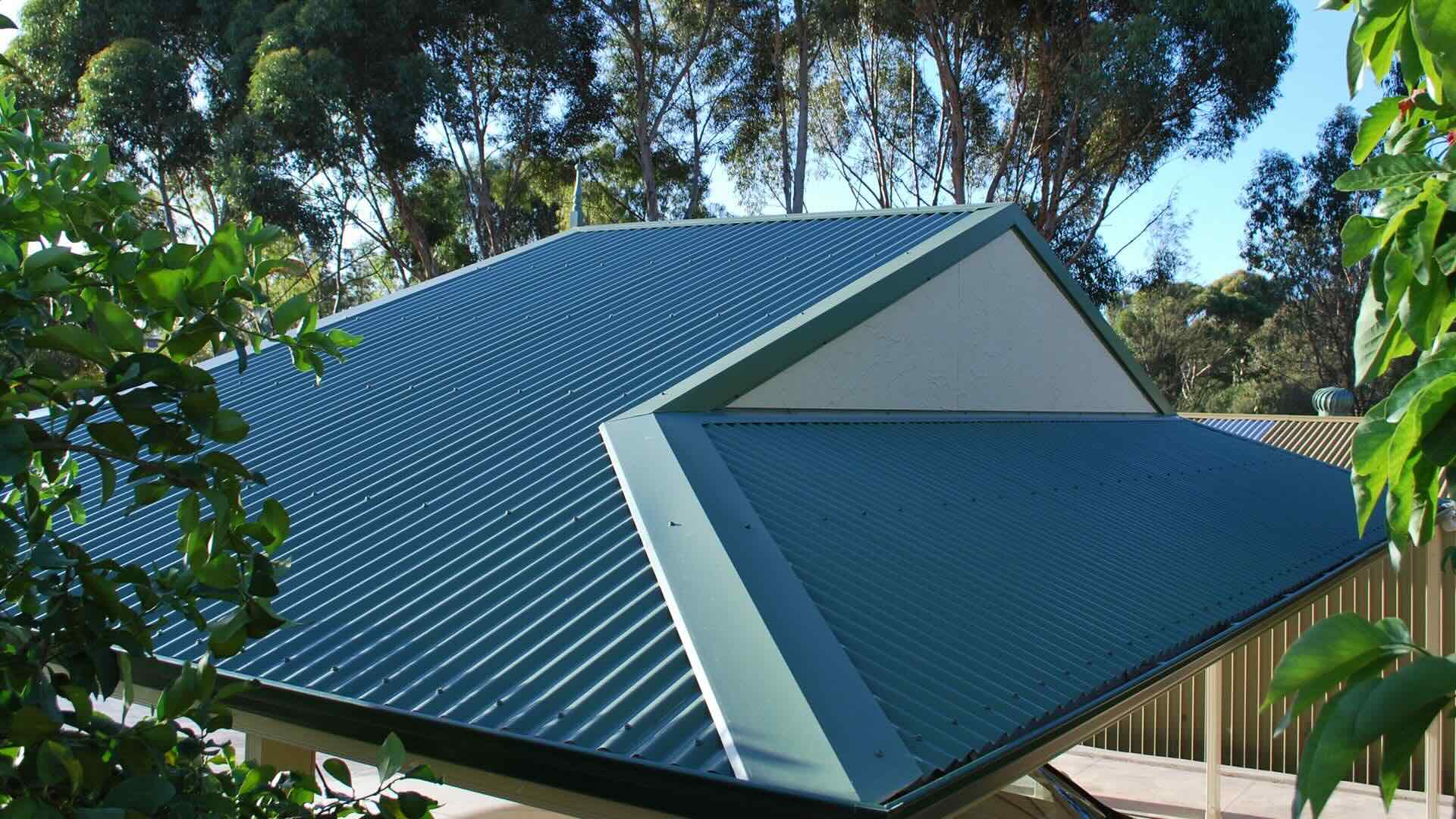
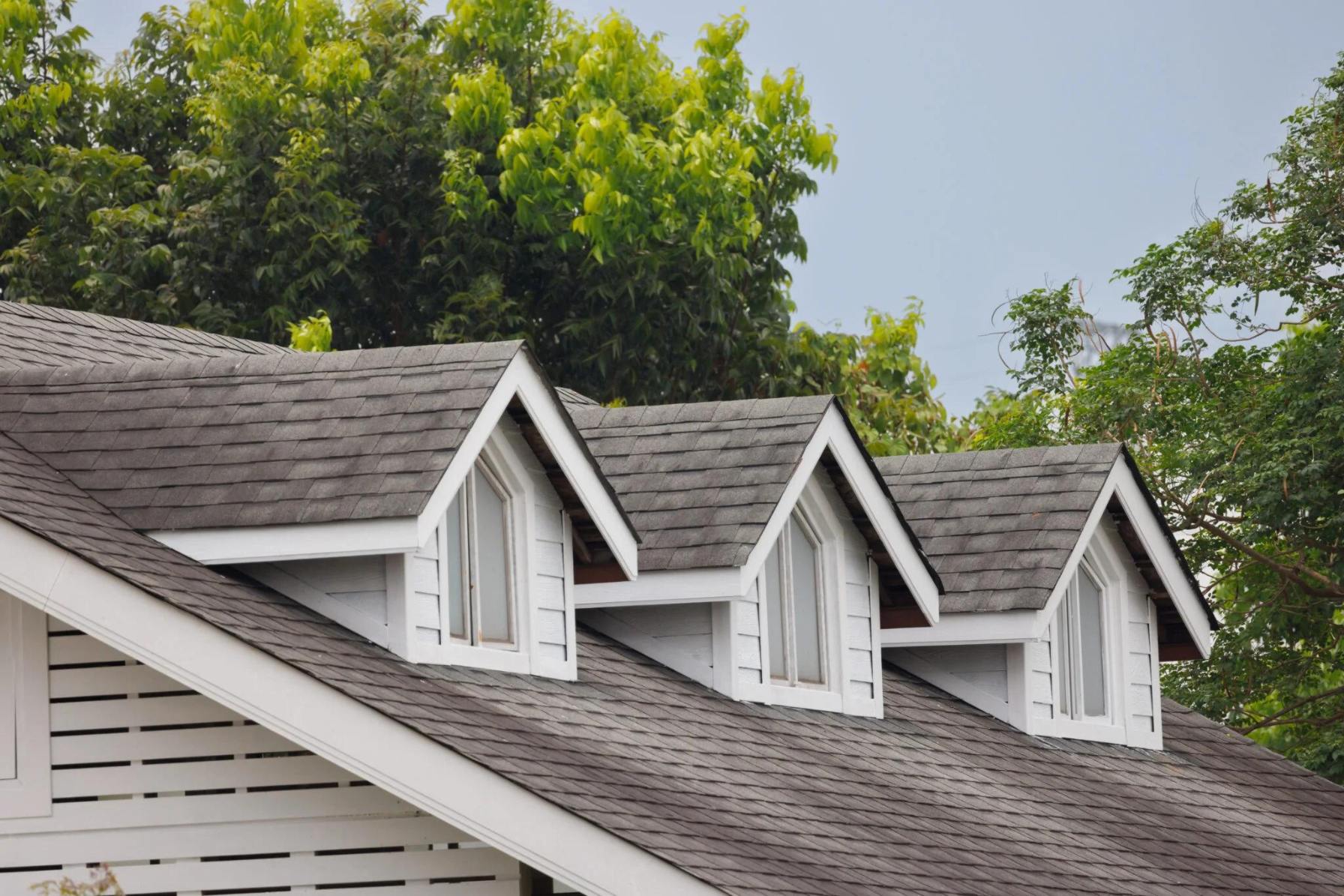
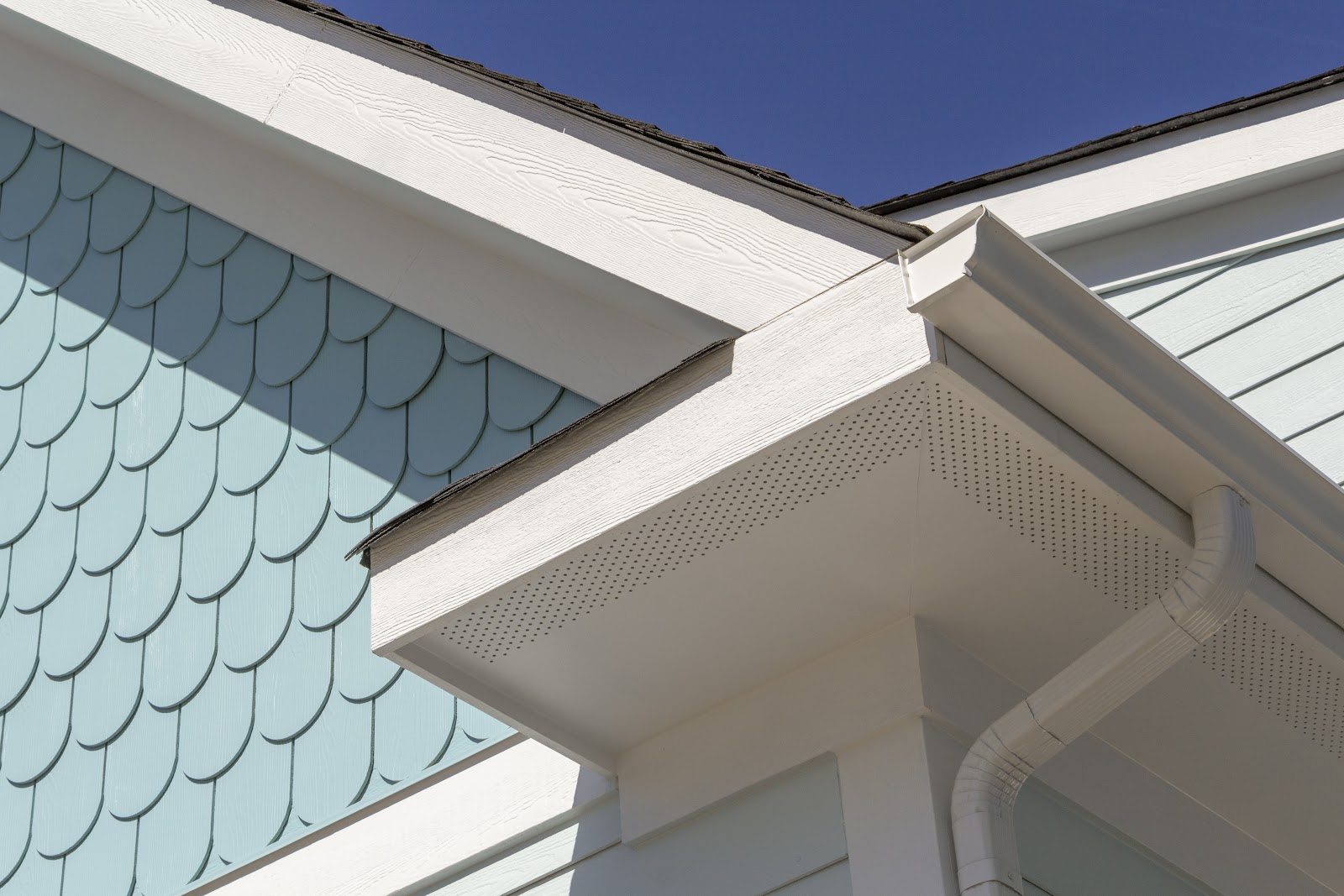
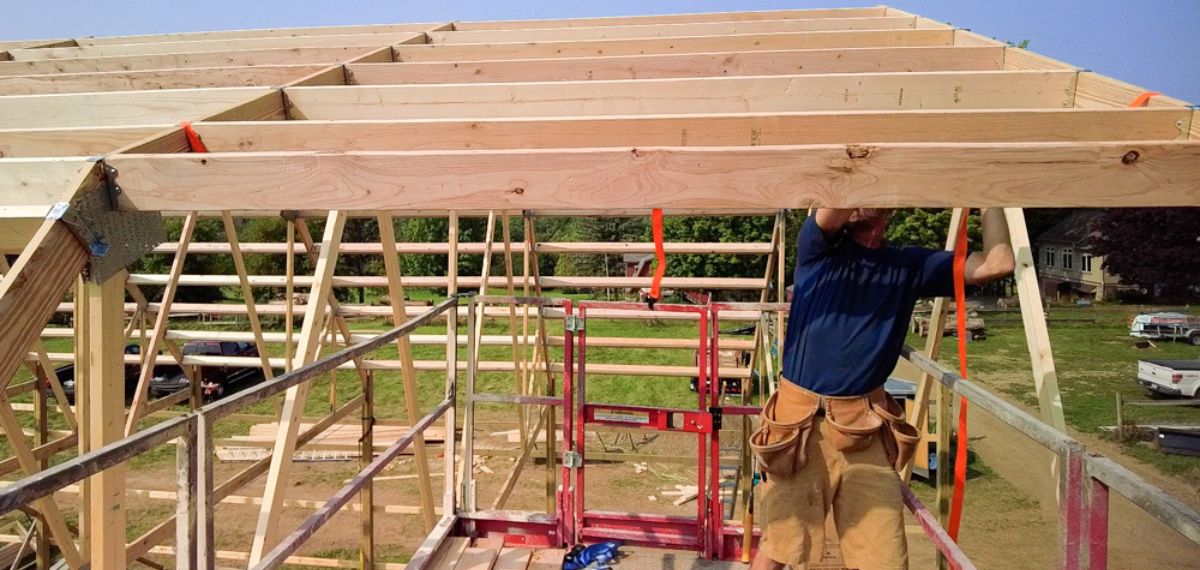
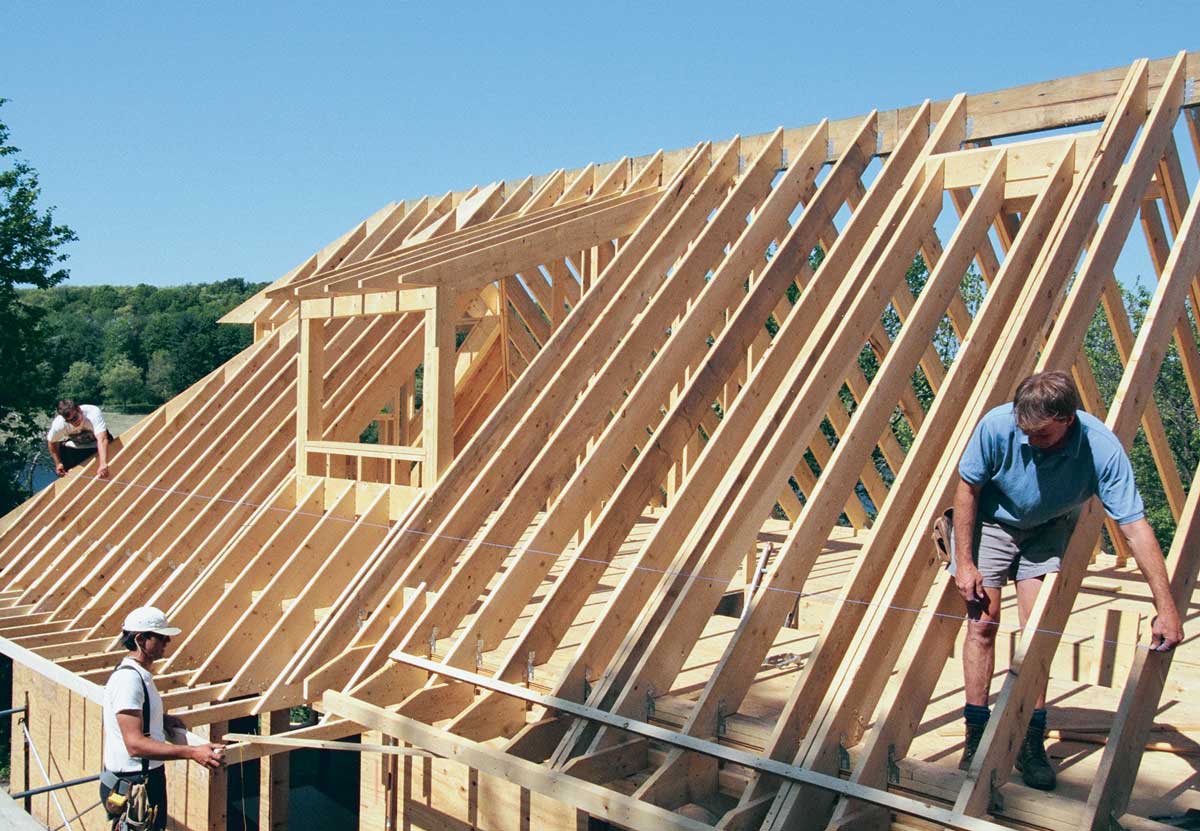
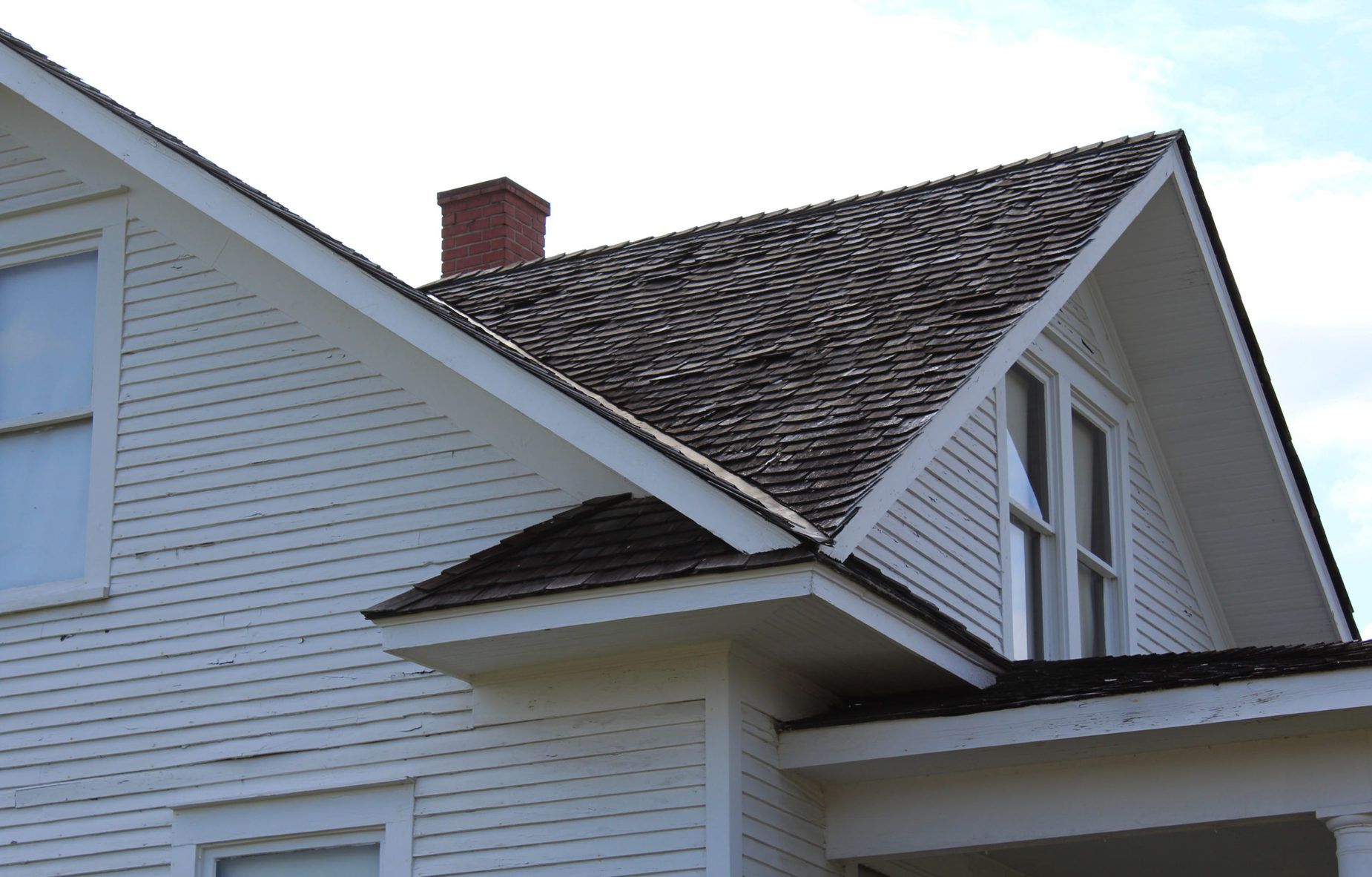
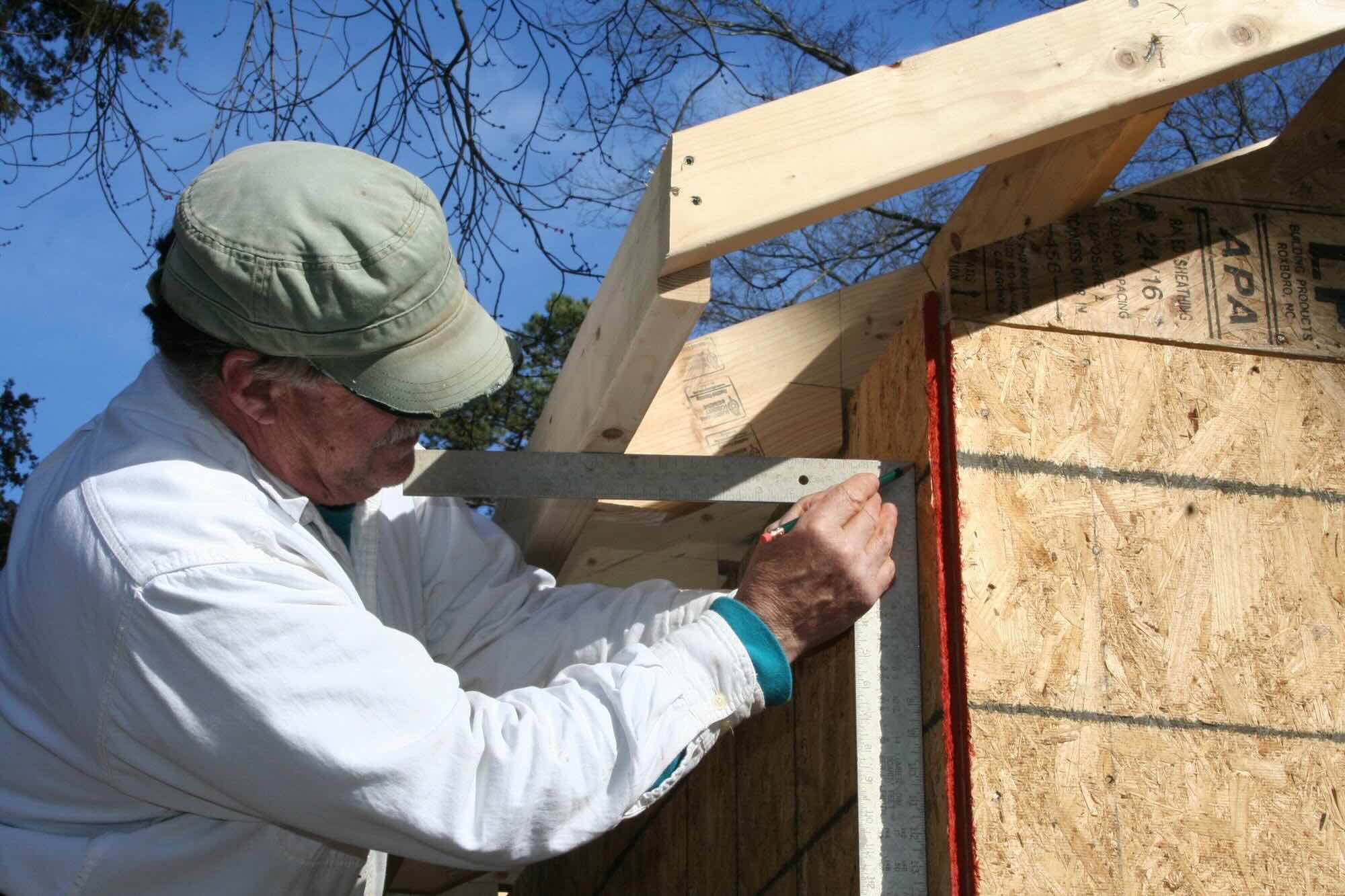
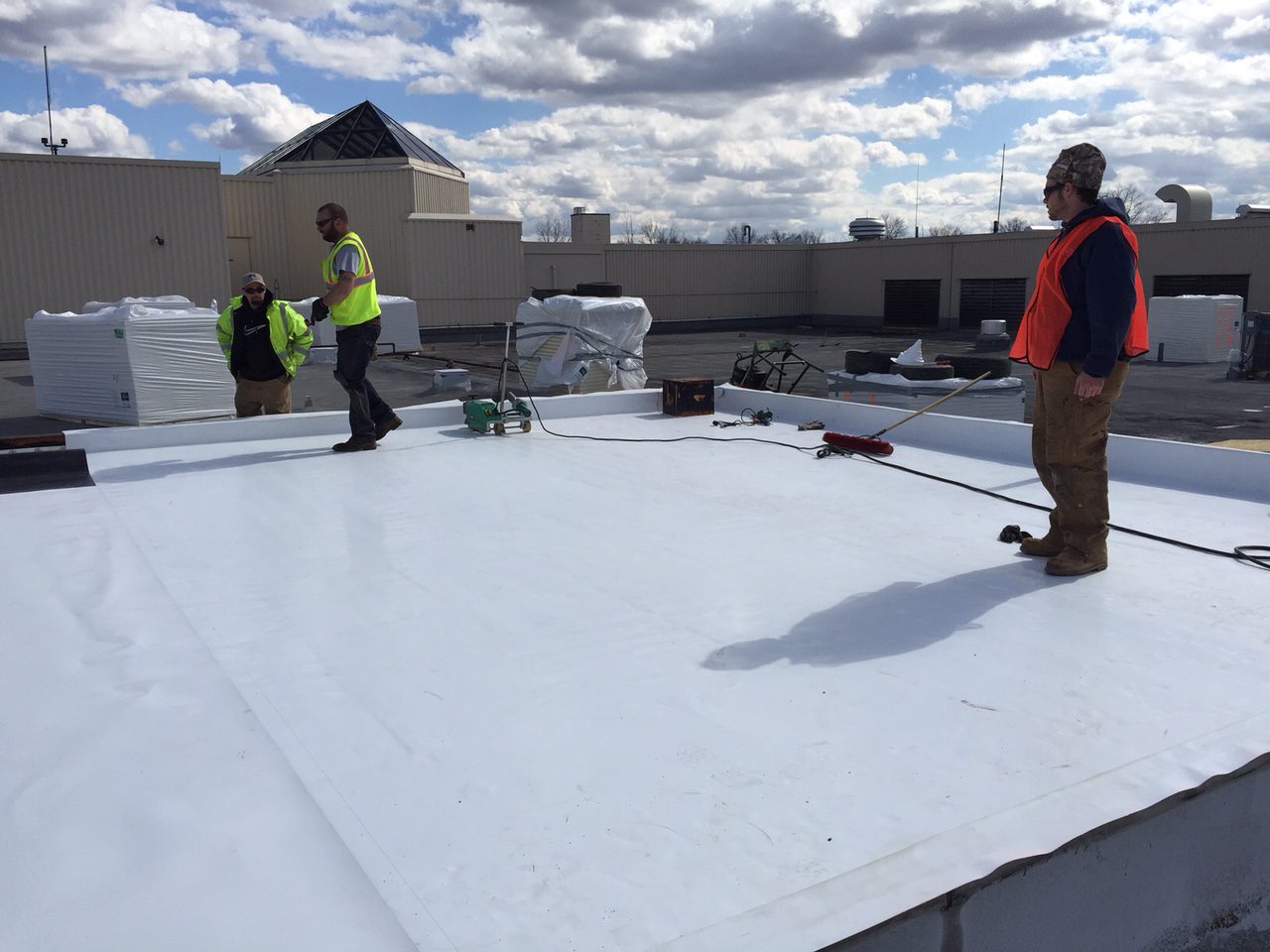
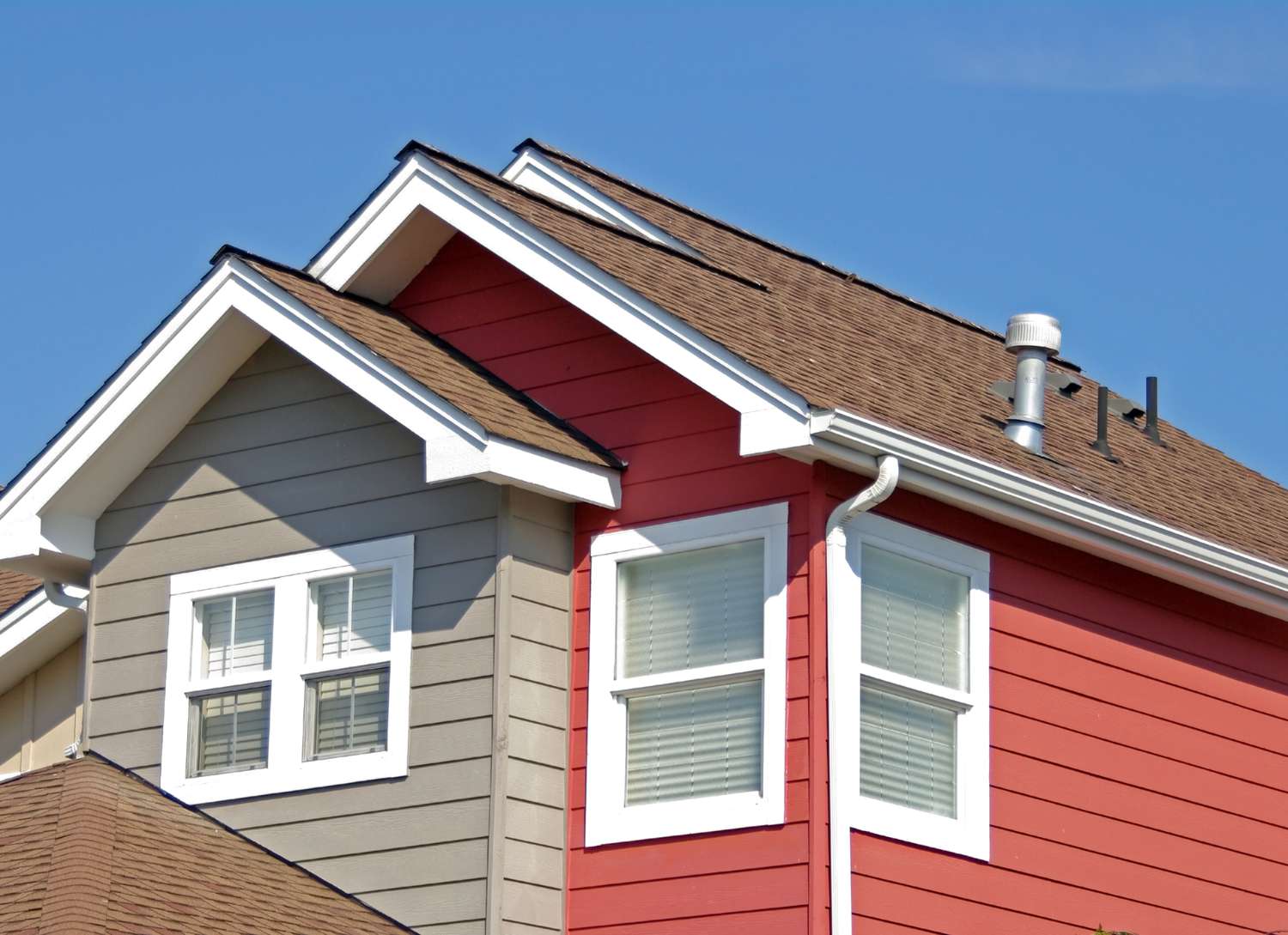
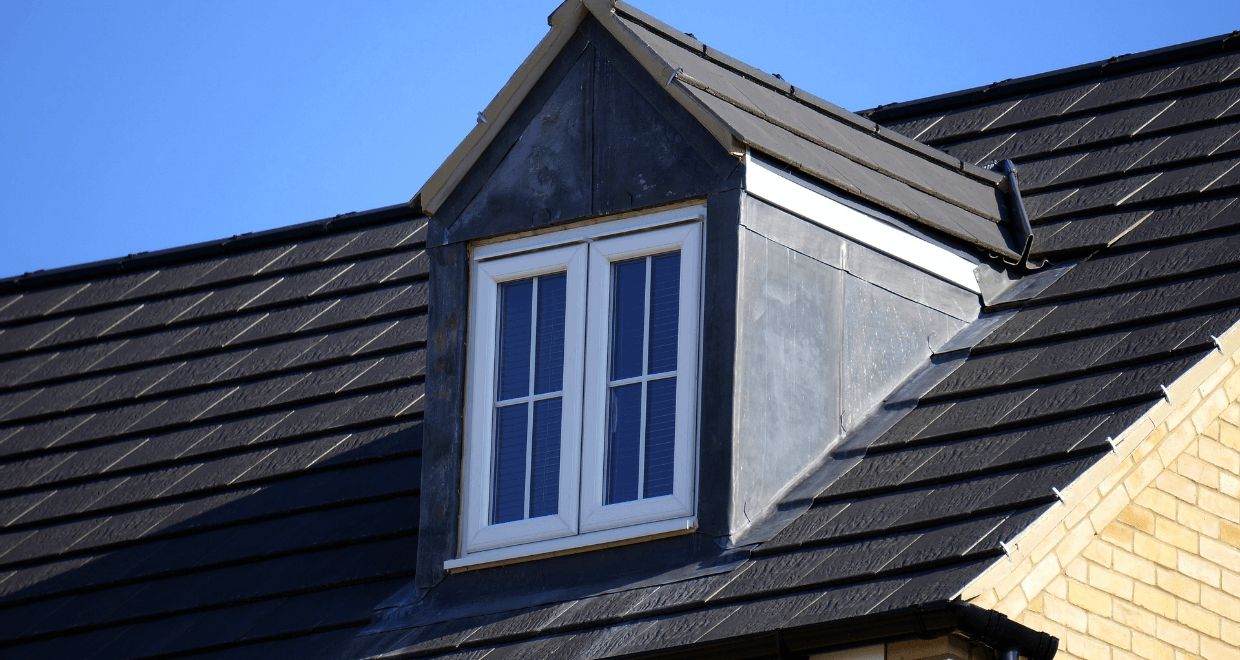
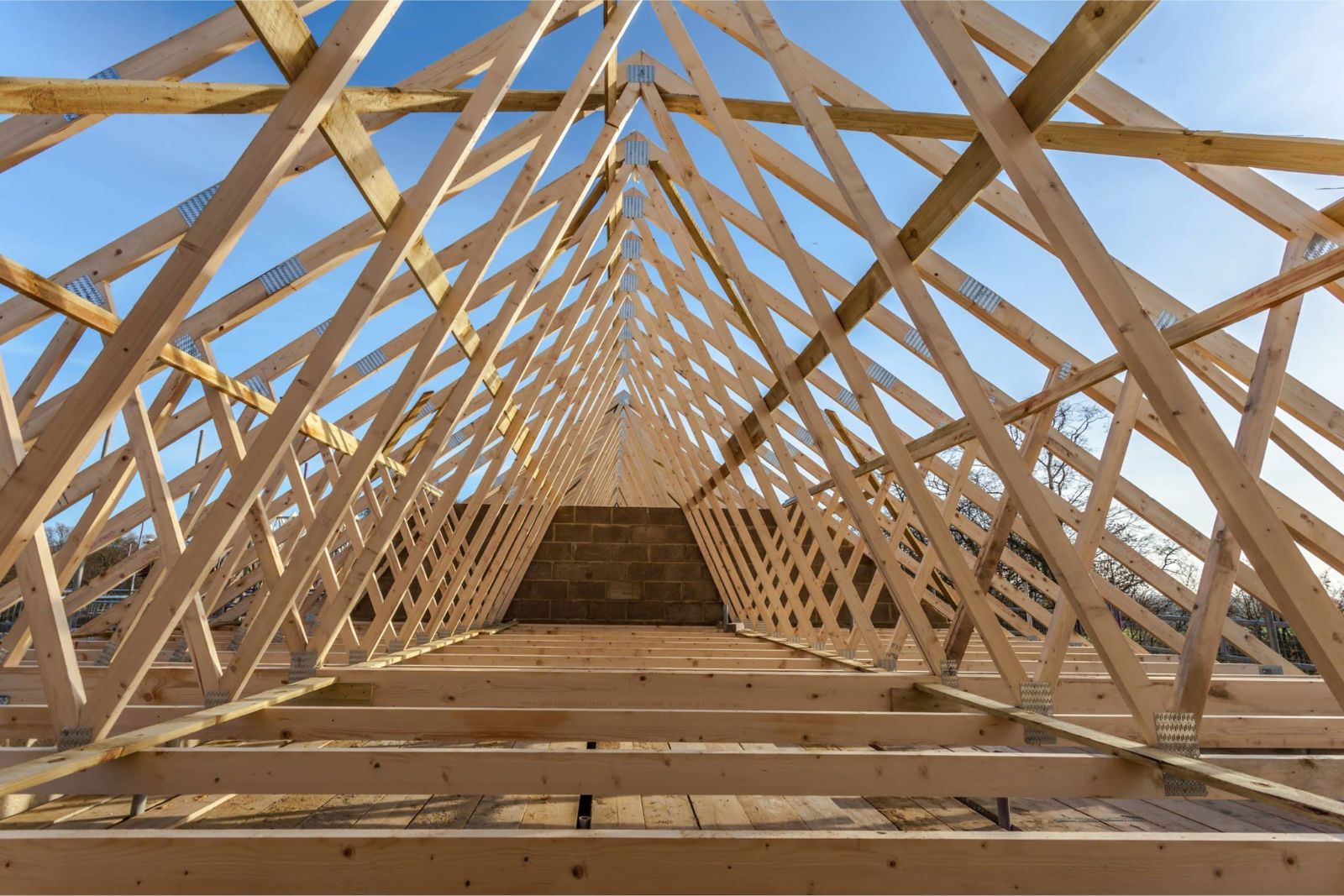
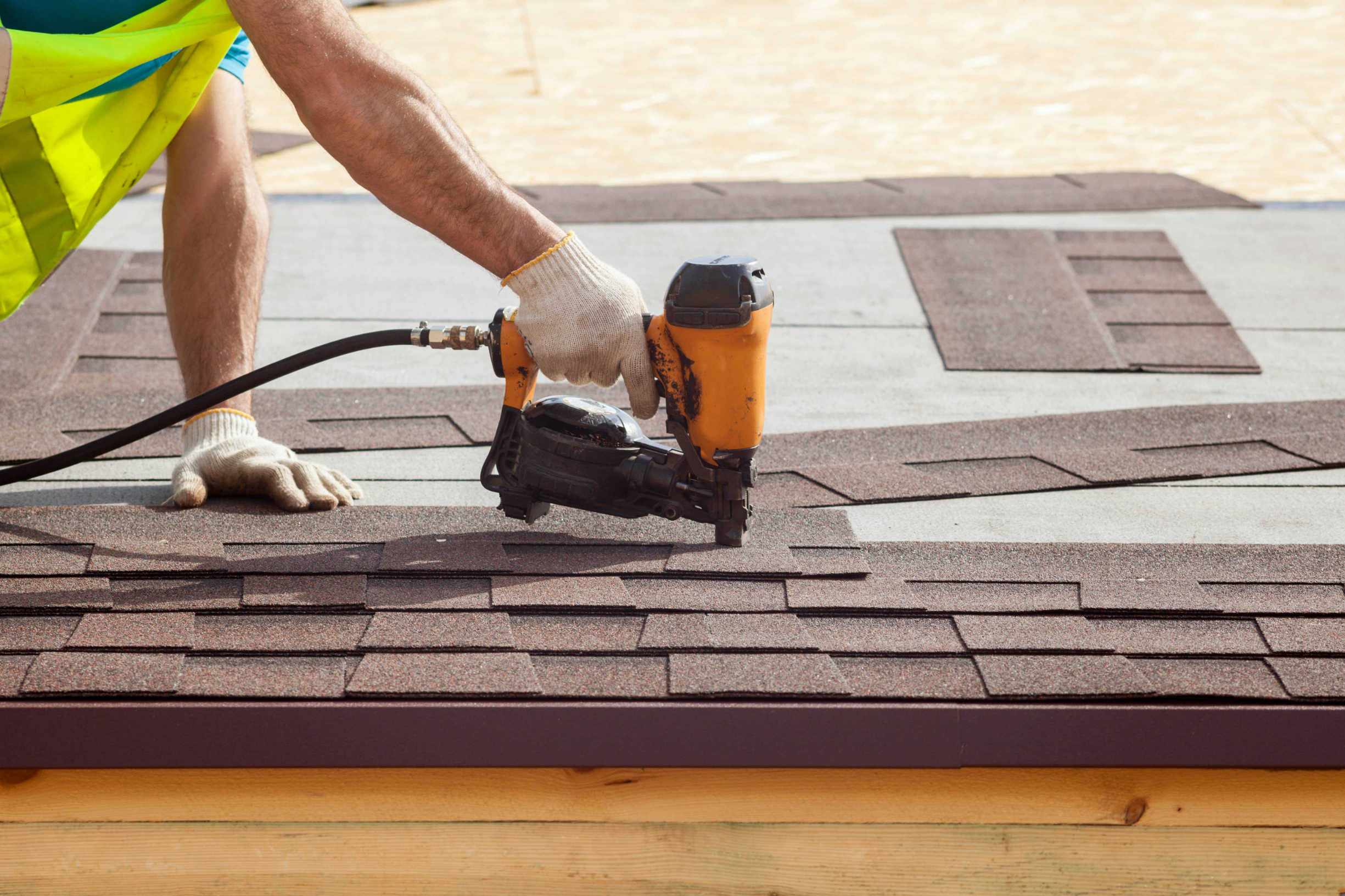
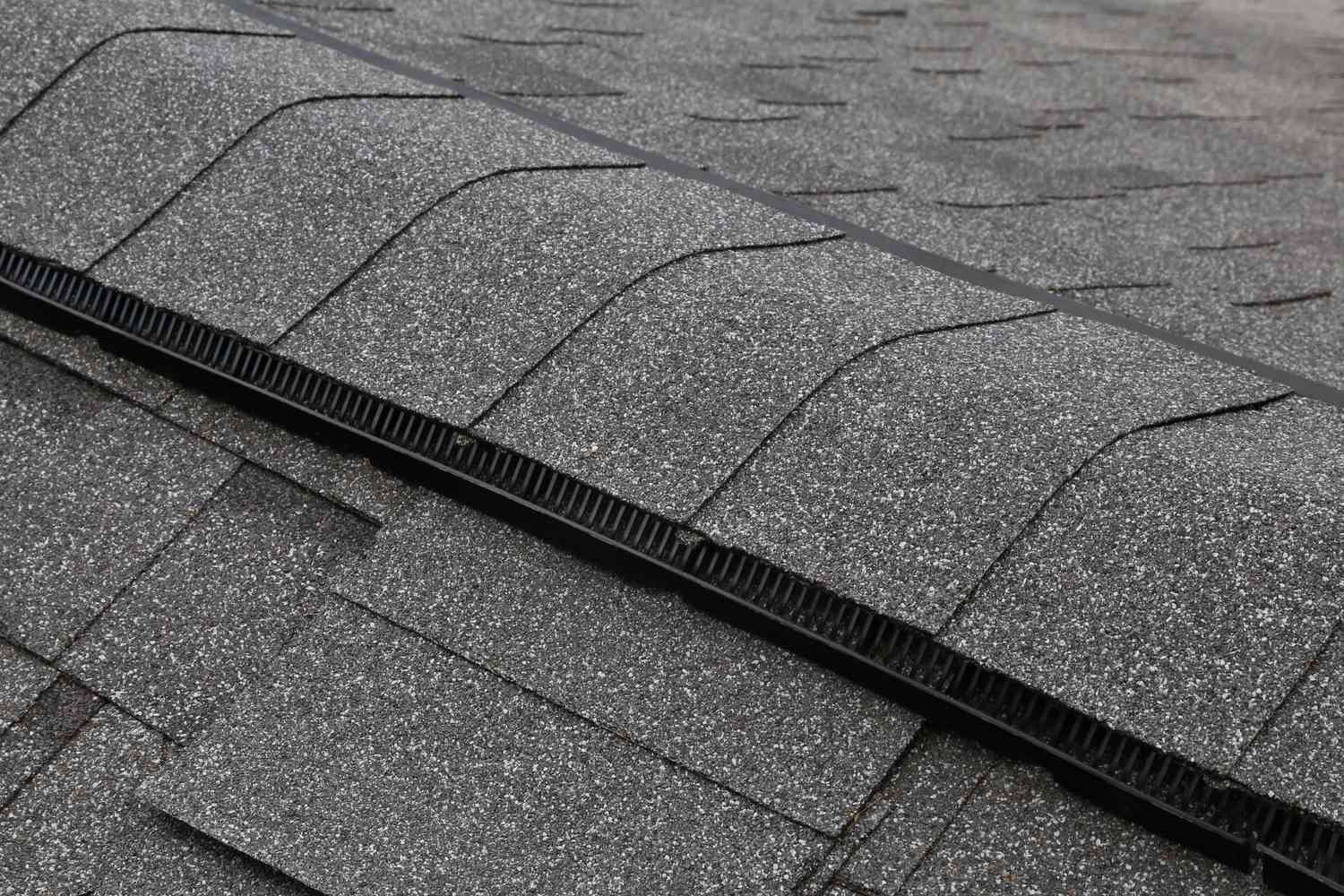

0 thoughts on “What Is A Membrane Roof”